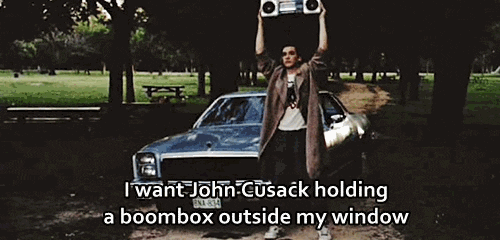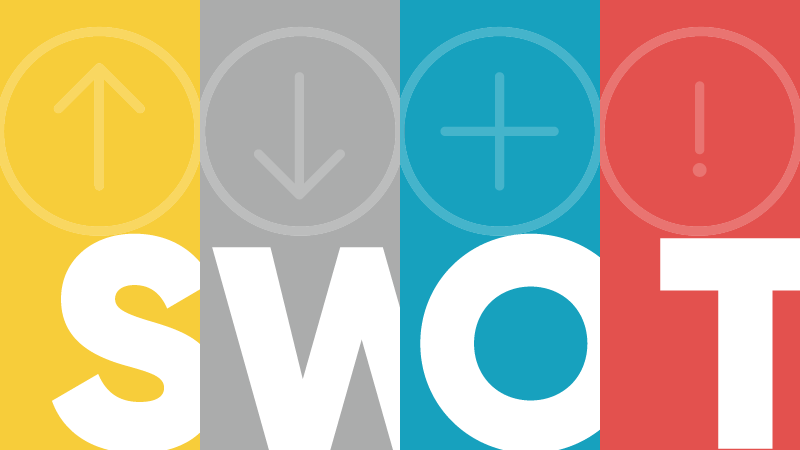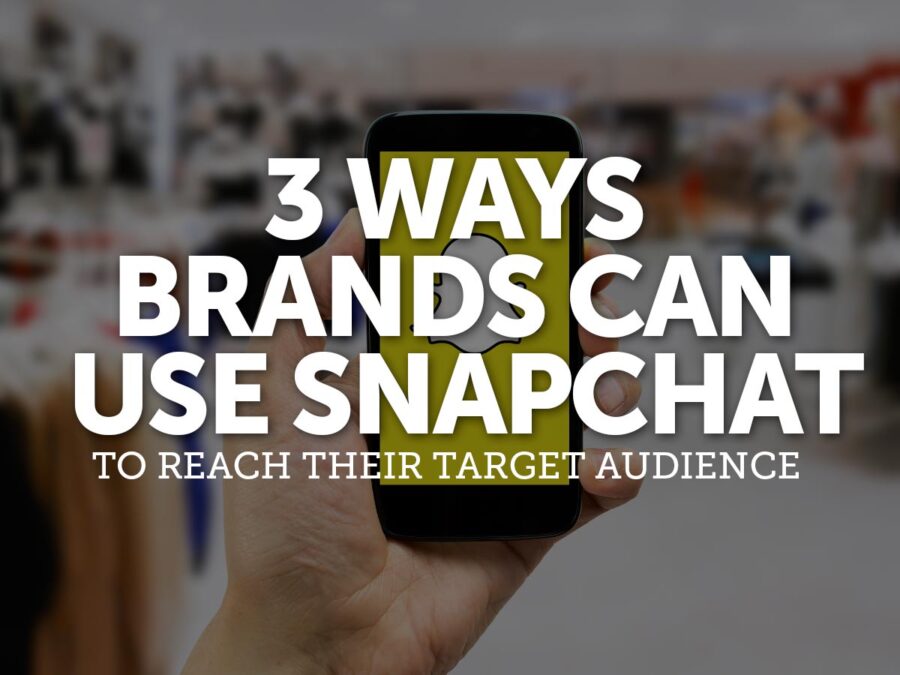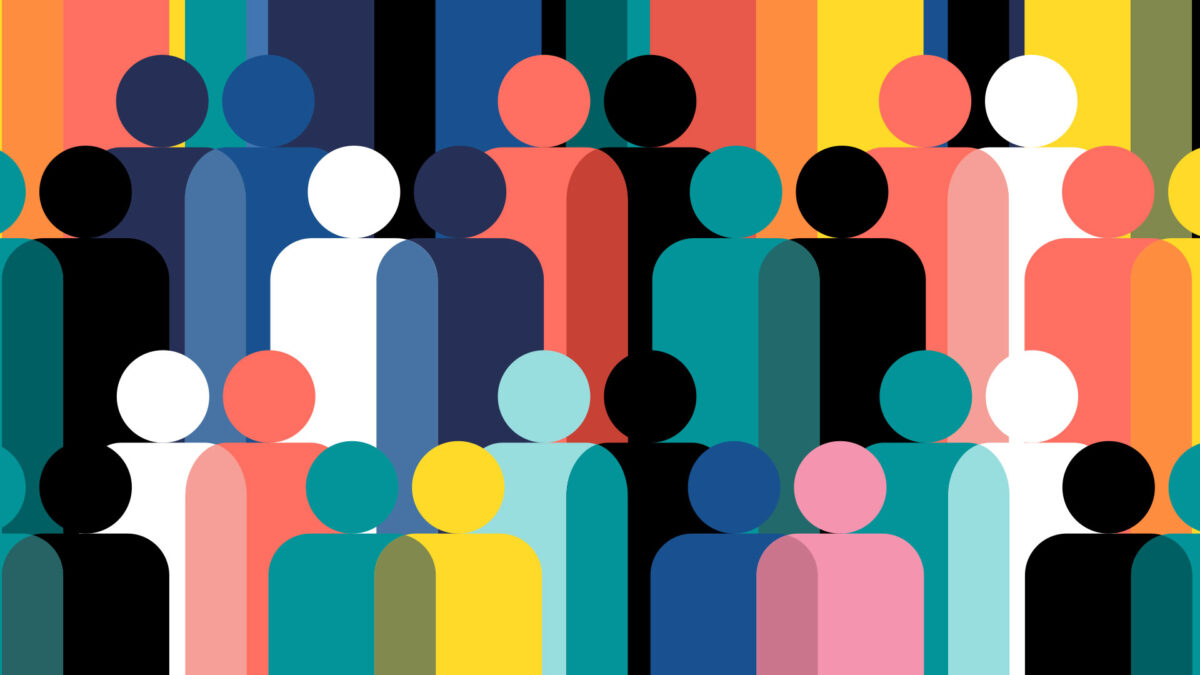Fun fact: If the pandemic didn’t already make this painfully clear, we all need social connectivity to thrive. That’s not an exaggeration; being socially connected can extend one’s lifespan. So it’s no surprise we all turned to virtual channels like social media and teleconferencing platforms to stay connected when the world shut down last year. I know I did.
After having attended several virtual social media and digital marketing conferences earlier this year, I realized that my favorite speakers and takeaways thus far came from #SMWNYC. In this blog post, I share those key takeaways that continue to stay top of mind as we enter the fourth quarter of 2021 and begin to plan for 2022.
Brand Affinity Is a Lot Like Dating
The pandemic has revealed that brands that had the most success over the past year and a half are those that have prioritized social connectivity. The virus changed the way we use the internet, reminding us to keep what’s important at the forefront: our humanity.
So let’s get back to the basics.
When you think about it, building brand affinity is a lot like dating. First, you introduce yourself (brand awareness). Then, after you get to know one another and build up some trust (brand loyalty), you might get lucky enough for them to introduce you to their family and friends (brand affinity). If you’re a natural-born charmer, congrats—this will be an easy way for you to make sure your approach isn’t dated. If you’re just getting into the dating scene or are back on the prowl but not confident, these tips should help.

1. Be Yourself
I know you probably read that, rolled your eyes and thought, “Well, obviously …” but hear me out. It’s easy to lose yourself in trying to keep all your customers happy, especially in the current social climate. Consumers are demanding authenticity and holding brands accountable; they can smell a phony from a mile away and are ready with the receipts.
In this social media era of cancel and call-out culture, it’s vital your words (brand messaging) align with your actions (brand experience). The best way to stay consistent is to use your brand values as a benchmark to deliver on your brand promise.
In her SMWNYC session, Helen Lawrence, Global Head of Culture and Community at WhatsApp, provided several great examples of brands using social media with purpose. My favorite was Coca-Cola; their values came to life when they donated their social media handles to charitable organizations (without cobranding), giving them reach they’ve never had before.
By definition, brand affinity describes consumers who believe a particular brand shares common values with them. Your customers are looking for you to be sincerely transparent and share your genuine thoughts, opinions, feelings, etc. with them. Distinguish yourself by standing confidently in who you are as a brand, and you’ll attract the people who are right for you.

2. You’re More Than a Pretty Face
People often confuse their visual brand identity with the entirety of their brand. While posting carefully curated lifestyle images of your offering with a clever caption might capture your “vibe,” building brand affinity requires a bit more substance.
In another social media success story Helen shared—if you couldn’t tell, this was one of my favorite conference sessions that I attended this year—she demonstrates how the Getty Museum was able to use their product as a jumping-off point to create community through creativity during the pandemic. Instead of just showing their collection, they encouraged people to create their favorite art pieces with found objects. Getty was able to facilitate a conversation that brought people around the world together to participate in a much-needed social activity rallied around their brand.
When it comes to wooing your customer, think about how they interact with the products or services you offer like a date—it’s about building a deeper connection through a memorable experience. Now, before you blow your budget on the whole kit and caboodle, remember Getty’s approach. A simple, meaningful gesture can speak volumes about your personality (think about Lloyd’s boombox serenade in Say Anything).
At the end of the day, remember you are more than your logo or offering; don’t sell yourself short.

3. Win Over Their Loved Ones
Like dating, you don’t need approval outside the relationship, but it surely makes reaching the level of brand affinity a heck of a lot easier, and I have the science to prove it. In Sinan Aral’s (author of The Hype Machine) SMWNYC session, we took a look at the neuroscience of social media and found we are more inclined to interact with ads if we see our friends and family like them too—hence those “so and so liked this” indicators. Remember the saying “Birds of the same feather flock together”? Well, marketers have adopted this ideology and are using it to their advantage to target opportunities.
Social media’s evolution has paved the way for a new wave of marketing: social links. By connecting with our audience’s network, we gain access to our customers, which makes it that much easier to leave a good impression. I’m not saying you should weasel your way into your customers’ lives under false pretenses and make it appear to be fate, but if you’re still only using tactics like segmentation, you need to update your approach because it’s about a decade old.

4. Love Can Be Found in Unexpected Places
The pandemic has forced us to get creative with the way we socially connect, giving rise to social audio and the creator economy—who knew conference calls with friends and complete strangers would be all the rage in 2020? Well, surprise, surprise, you can use these tools as a way to deepen your connection with your customers and build brand affinity. Luckily for you, I picked up a few gems that Kat Cole, former COO of Focus Brands, and Orchid Bertelsen Head of Digital Strategy and Innovation at Nestlé USA, dropped in a SMWNYC discussion about their experiences on Clubhouse.
- Get familiar with the platform. On Clubhouse, there’s a plethora of rooms you can explore, but what you see is dependent on who you follow. Don’t be afraid to venture out and be open to new experiences.
- Don’t do it alone. Moderating a room is an art and a science. With people constantly floating in and out of a room, you have to know how to create a safe space, keep the conversation fluid and keep your audience engaged. When you begin hosting rooms, you may want to partner with vets in the social audio space.
- Make sure you’re representing yourself well. Brands can’t have accounts on Clubhouse, only clubs, so your ambassadors and employees become extensions of your brand. This is a great opportunity to humanize your brand as your customers have an opportunity to organically connect with a person instead of a faceless corporation, but make sure the content and conversations are representative of who you are.
- Strategy determines where you start. Clubhouse is a great way to expand your reach to build brand awareness in new markets, but it can be challenging to gain followers when you first create an account (unless you’re Beyoncé or something). Don’t fret, though. With social audio becoming more popular, other platforms are adding this feature. Twitter, for example, recently released a beta of “Twitter spaces” to users with at least 600 followers; this way you can leverage your existing following to gain traction, but know you may not be reaching as many new audiences as you may like. This brings me to my final tip …

5. Know Your Type
Do you have a type? I ask because if you don’t know who you’re trying to attract, your efforts to build strong brand affinity might be going to waste. Social media has given brands the ability to reach consumers almost anywhere in the world, and while at first glance, this might make social seem like the golden goose, many are realizing that trying to be everywhere and reach everyone is negatively impacting their performance. I get that there are plenty of fish in the sea, but SMWNYC speaker and Senior Strategist at Falcon.io, Casper Vahlgren, shared why it may be best for you to kill your darlings in an insightful presentation.
“With finite resources, brands risk spreading themselves too thin in an attempt to be omnipresent. Selectiveness and prioritization should be key components of your strategic process if you want to increase the impact of your social media ecosystem and tactics,” says Vahlgren, and I agree. Think about social media platforms like dating apps—each has a slightly different approach catering to particular audiences to achieve a common goal: connection. Just as Bumble empowers women to make the first move, Hinge builds connections off interests, and Tinder is good for … well, you know, you can use LinkedIn for B2B marketing or Instagram and TikTok if your audience skews younger. The key is to know your audience, figure out where they like to hang out and tailor your pickup lines for that channel.

My Last 2 Pennies: Date Yourself
Before I step off my soapbox, I want to leave you with this last piece of advice: Before you can pursue anyone, you must understand who you are and what you bring to the table. You attract what you are, not what you want to be, so some self-reflection is necessary for growth. When’s the last time you evaluated your messaging and tactic alignment with your brand values—internally and externally? Ensuring consistency throughout the entirety of your brand and its touchpoints is key to building brand affinity.
If you need help crafting a cohesive story, Pace is always down to be a wingman. After all, “communications” is in our name and we are known for working with heart (plus it doesn’t hurt to mention we were just named Agency of the Year by Content Marketing Institute for the third time in the last decade).





